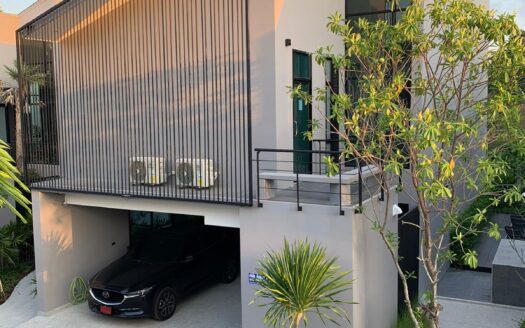How to Invest in Off-plan Properties
Are you a real estate professional who’s willing to take the risk? For those whose answers are in the affirmative, you might consider engaging in off-plan investments.
In a nutshell, off-plan investment means investing in properties before their completion. Your basis in the property investment relies on the architectural plan and design on hand. For those whose development phases are more advanced, investors may see available show units for reference.
While this puts the investment at considerable risks, it also has several advantages, including more enormous property revenues, extended payment terms, unit flexibility and selection, and even more comprehensive investment options. All these lead to a higher demand for off-plan investment opportunities, especially in tourism-center areas like Phuket, Thailand.
The challenge in choosing this investment option is how it appears complex and confusing among foreign investors. Here we present a few easy steps to help you start and get going.
Step 1: Select your Unit
The first part of the process may be a little tedious but necessary! As investors, you need to ensure that all purchase aspects are covered. Such includes the property details and inclusion, purchase value, reservation deposit fees, due diligence processes, terms for refund, taxes and transfer fees, payment schedules, and development milestones, and completion schedules.
It is pivotal that you look into all of these factors to ensure the best value for your prospective property. You may also seek assistance from a reputable real estate firm to understand the market value in Phuket and other legal implications of the purchase.
Step 2: Secure Deposits and Agreements
Once you have gathered all necessary information, you now begin the “documents phase” of the purchase. Firstly, expect your developer to hand you a reservation agreement document that outlines the general purchase agreements and timelines as agreed by all parties.
To secure the purchase, investors generally pay a small percentage of the property value. The price range depends typically on the developer and the property’s estimate market value. There might be possibilities of a deposit refund based on due diligence. Within a month, the investor reviews the conditions outlined in the sales and purchase agreement. Once completed, the purchase moves to the next phase.
Step 3: Schedule Payment Installments
After completing the required documents, investors begin to set installment payment plans for the property. Ideally, the first contract payment may range from 20-40% of the total purchase value. Succeeding payments align with completion milestones, as covered in terms of purchase. Developers general set these milestones for the information of the investors. As a general rule, all payments must be transferred from the investor’s foreign bank account.
Step 4: Prepare for Property Turnover
Before the completion and eventual turnover of the property, developers will hand over a “snagging” or “punch” list. This shall serve as the investor’s reference to peruse and assess potential defects and issues that need to be addressed. All these snags must first be fixed before the official turnover.
Upon notice of completion from developers, investors shall finalize payment of the remaining purchase amount. The property is officially yours!
An effective strategy to achieve the smooth processing of transactions is to connect with a real estate firm to assist you in all of the purchase steps. Through this, you can save yourself from the hassle of the tiny details and focus on planning what’s next for your real estate investment.






